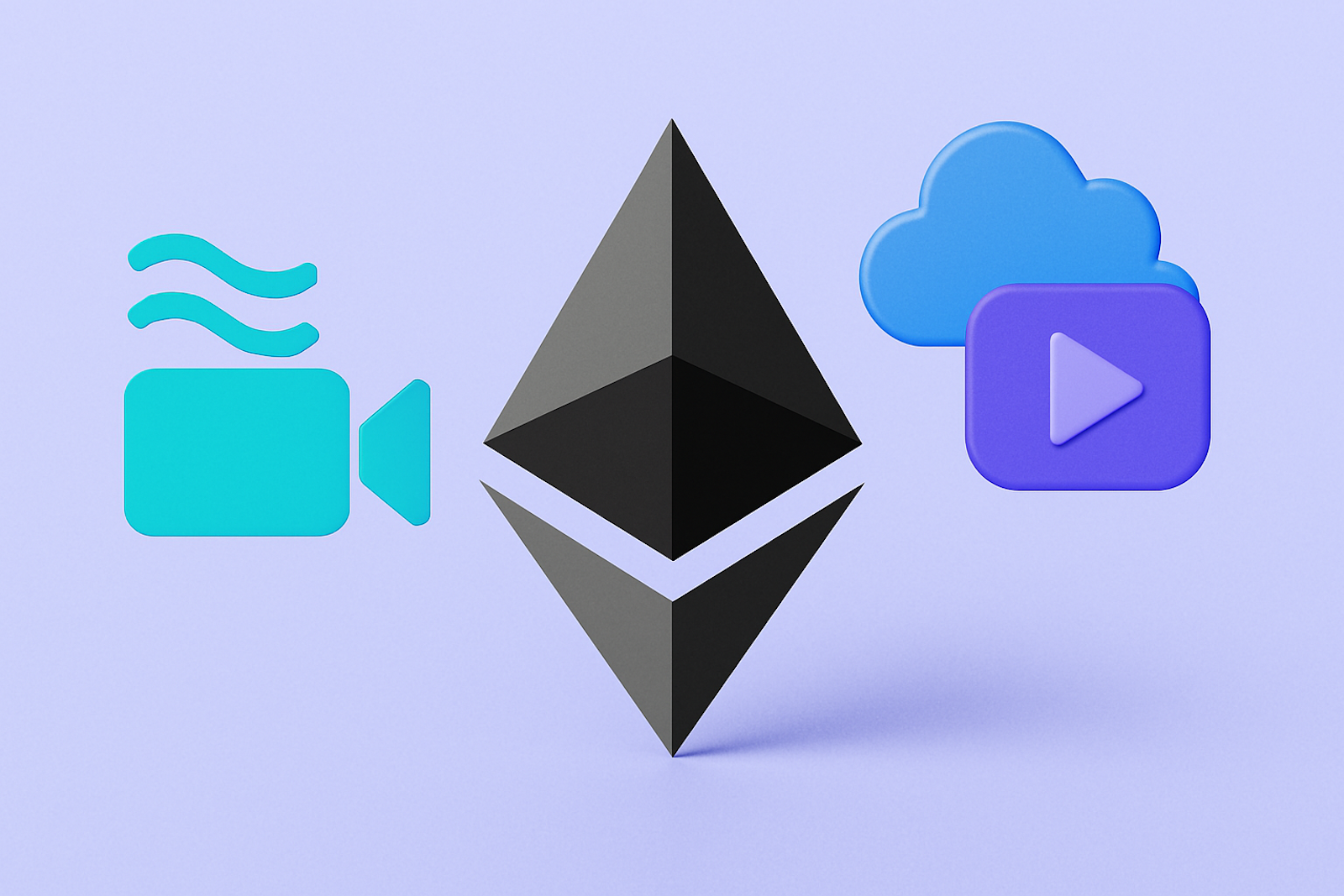Building on the Foundations of the Web3 Livestream Evolution
At StreamETH, we've been steadily laying the groundwork for what a decentralized, AI-powered livestreaming future can look like. Through hands-on experimentation, community-driven feedback, and close collaboration with open infrastructure projects like Livepeer, we've identified real challenges and real opportunities.
Building on the Foundations of the Web3 Livestream Evolution
At StreamETH, we've been steadily laying the groundwork for what a decentralized, AI-powered livestreaming future can look like. Through hands-on experimentation, community-driven feedback, and close collaboration with open infrastructure projects like Livepeer, we've identified real challenges and real opportunities, in bringing Web3 livestreaming to life.
What We've Learned So Far
Through hands-on production and deep collaboration with ecosystem players, we've explored:
-
How to run a livestreamed Web3 event from scratch
We broke down what it takes to spin up high-quality broadcasts in environments where the setup is often makeshift and fast-moving. -
The role of AI in post-production
We tested AI-powered editing workflows to reduce the time and effort it takes to cut, polish, and repurpose livestream content. -
How to stand out in a crowded, real-time ecosystem
Livestreaming in Web3 isn't just about going live, it's about capturing attention, telling a story, and making moments that resonate beyond the stream. -
What decentralization really means in livestreaming
Using Livepeer, we dug into what decentralized video infrastructure looks like in practice, how it performs, how it's governed, and how it scales.
These aren't abstract theories, they're lessons pulled from real-world use cases, livestreamed across multiple continents, blockchains, and communities.
Why This Matters
The Web3 space moves fast. But livestreaming has remained largely stuck in Web2 paradigms, centralized platforms, limited monetization options, and closed ecosystems.
We're here to change that.
By combining:
- Decentralized delivery (Livepeer, IPFS, and more)
- AI-enhanced workflows (automated editing, smart summaries)
What's Next for StreamETH
We're not slowing down. As the leading platform in our field, we're continuing to push the boundaries of what's possible in live media for decentralized communities. We'll keep sharing what we learn here. This evolution is collective. And we're just getting started.

ddalva
StreamETH team member passionate about bringing Web3 events to global audiences through innovative livestreaming technology.
